Introduction
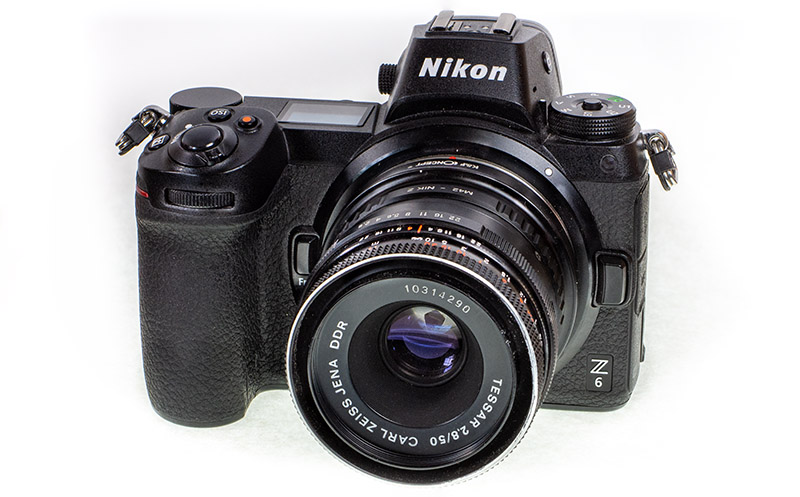
The Tessar is a very old design (1902), actually one of the oldest optical designs of all consumer lenses. It was produced before WWII for the first Contax rangefinder cameras and early Exakta cameras and post-war both in East and West Germany for several other camera brands.
Fun Fact 1: In 1932, when Leica II by Leitz of Wetzlar was the king of 35mm cameras, Zeiss Ikon of Dresden decided to produce a competitor that would be superior in every way. Thus the first Contax camera was born; the “Contax I”, which was designed to outperform the Leica in every aspect including the optics; thus the first Tessar 50/2.8 for 35mm format was born (a redesigned Tessar to cover 24x36mm negative), from Zeiss Jena.
Fun Fact 2: This lens was famous during its era and was called “Adlerauge” in German, which means “Eagle’s eye” because it was considered super sharp. Let’s see about that further down!
Sample Images
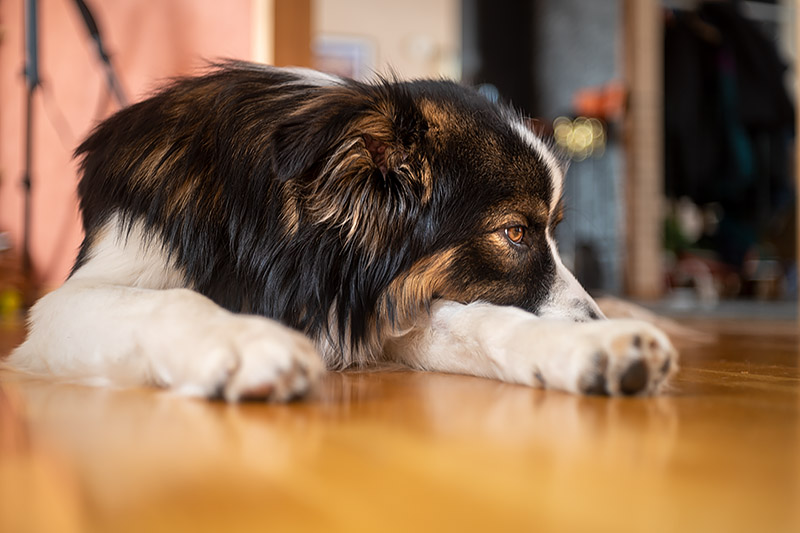
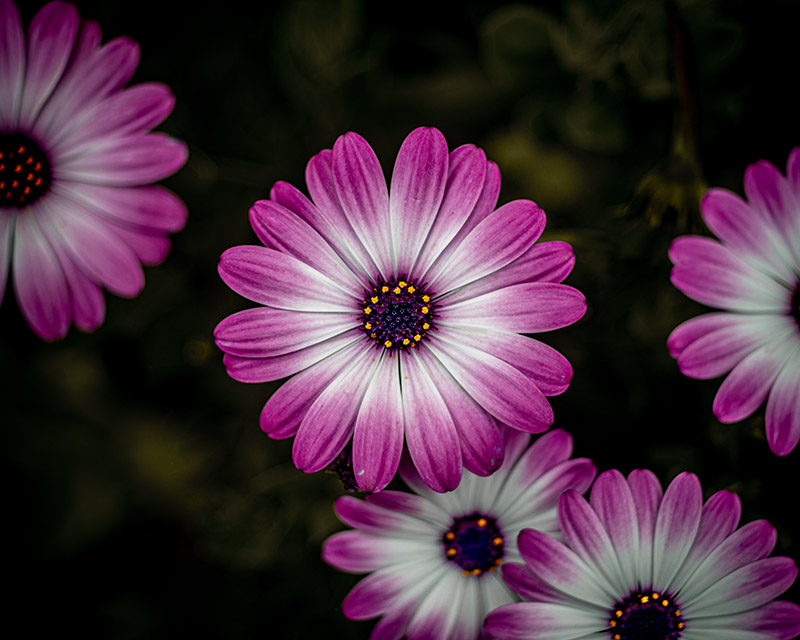

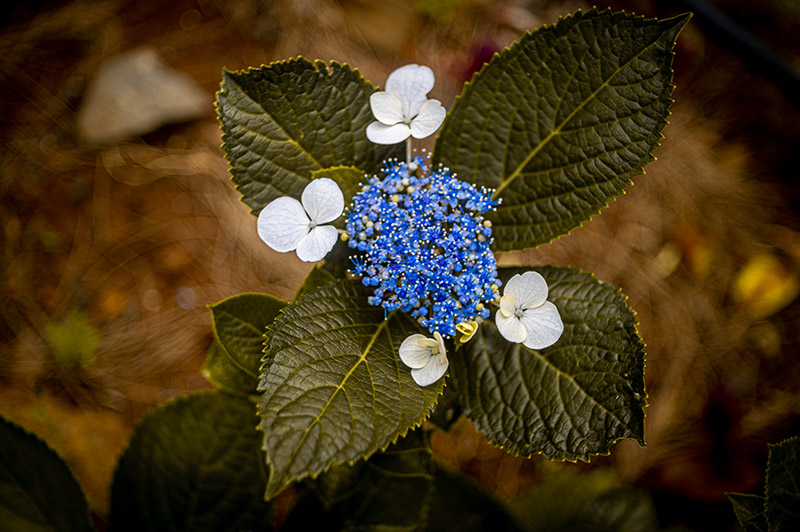
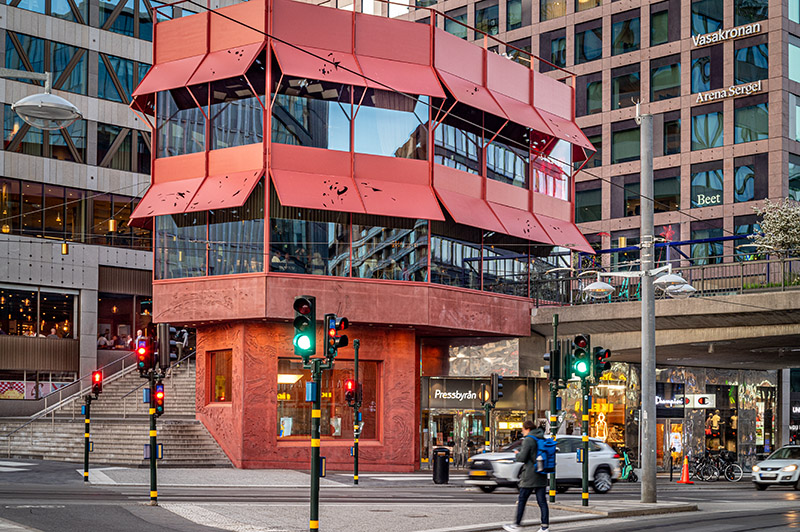
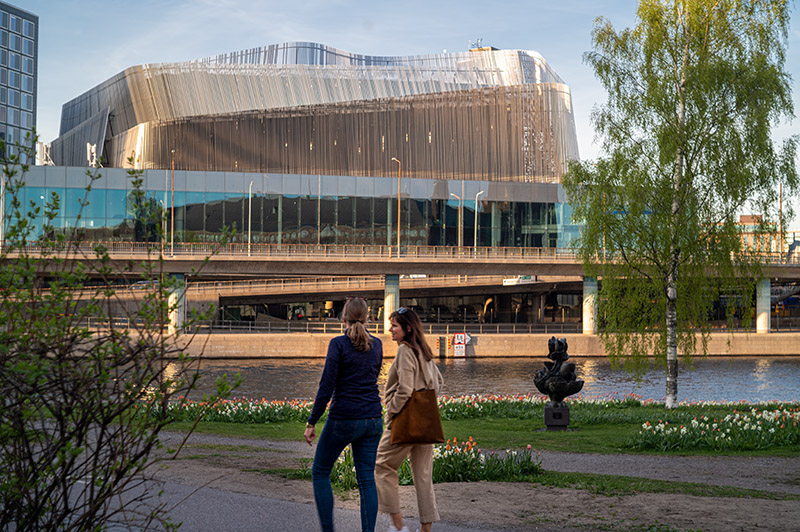

Most of the sample images in this review and many more can be found in higher resolution here.
Contents
Specifications
Focal Length: 50mm
Field of View: 47° (diagonally)
Aperture Range: 2.8 – 22
Number of Aperture Blades: 5 (rounded)
Min Focus Distance: 0.35 m
Filter Size: 49mm
Lens Mount: Contax RF / M42 / BM / EXA / EXAKTA / Altix-N / PENTAX / PRAKTINA
Weight: 170 g
Length: 37mm
Elements/Group: 4/3 (Tessar)
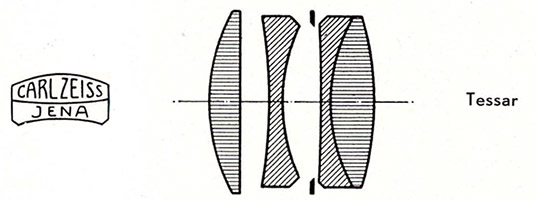
Fun fact 3: The name Tessar comes from the Greek Téssera, which means four, referring to the four elements design of the lens.
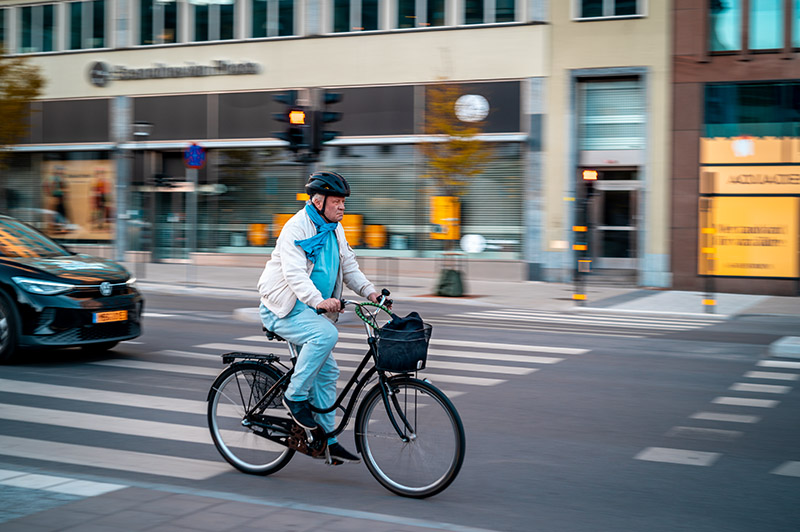
Variations and handling
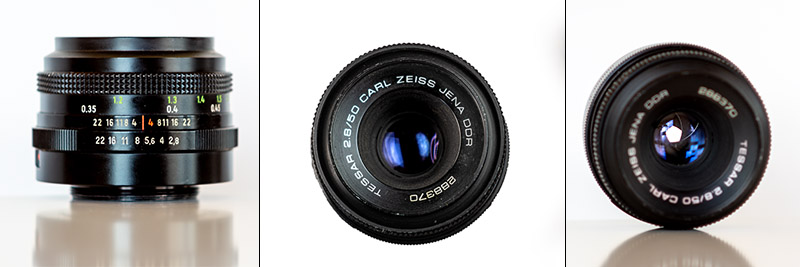
This Tessar lens is compact with seemingly good build quality, though this one is super light. Judging from the weight of it you can suspect that it has not the same build quality as other Zeiss lenses in general. After WWII starting from 1950 they were produced for many camera brands with many mounts in various shapes and colors. They were built in metal silver, silver/black checkered grip (zebra version) and all black version. They also have come equipped with different number of aperture blades, e.g. 12 and even 14. The final versions were completely black and had an M42 camera mount with only 5 aperture blades. The apertures can be set in half a stop and the focusing ring has good grip and resistance with precise and impressively long travel (270°) but is a bit tiny due to the compact lens size.
Optical Features
Sharpness (Infinity)
Let’s look at different parts of the following image (Center, mid-frame and corner as marked in the picture)
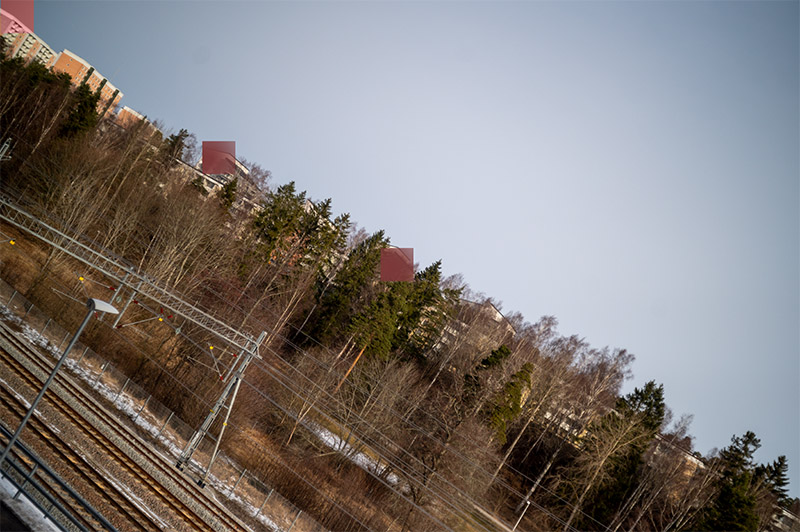
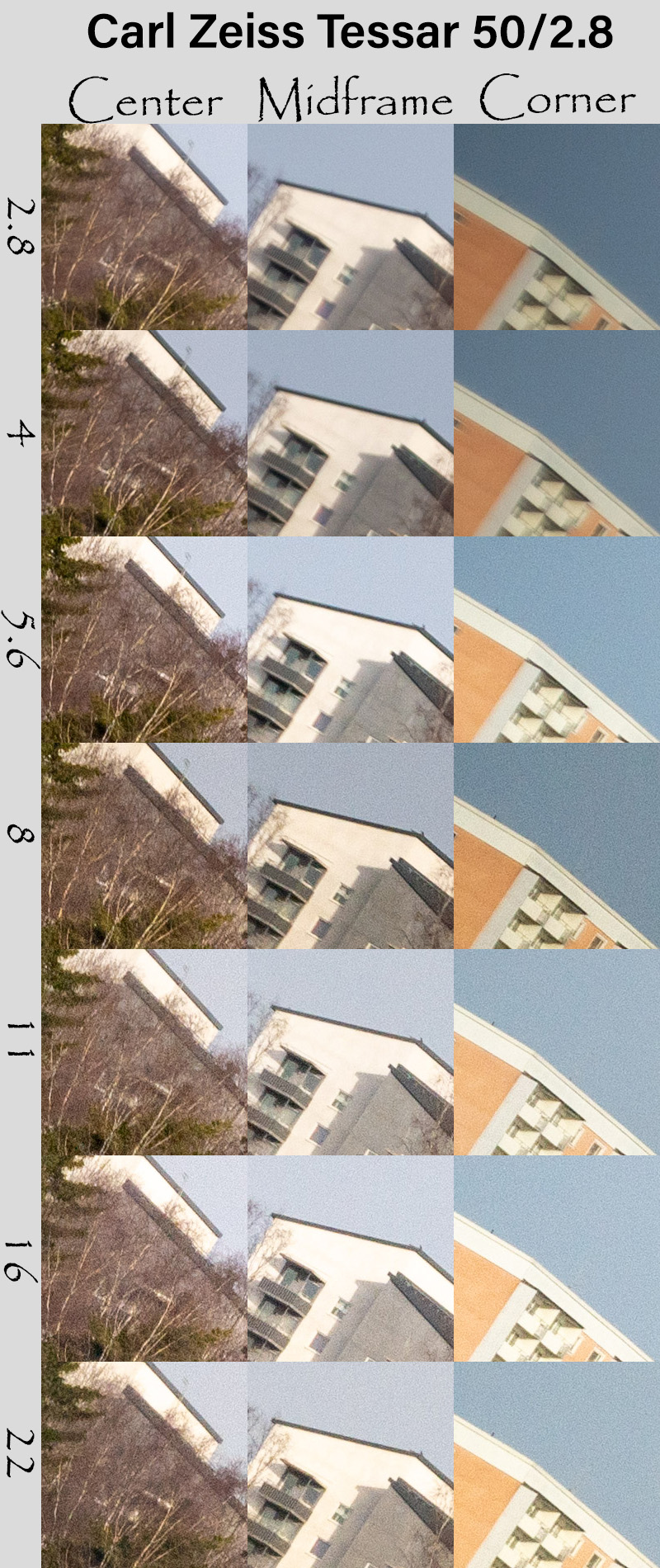
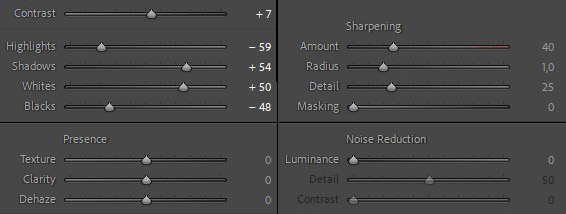
Center sharpness at f/2.8 is just fine although a little soft. The mid-frame sharpness isn’t great but isn’t a disaster either. At f/4 the center sharpness is good and becomes crisp and gets very good at f/5.6. At f/8, the center sharpness increases approximately to its maximum, which is just a little better than at f/5.6. The mid-frame sharpness begins to approach an okay level at f/4 but not quite sharp, at f/5.6 good and f/8 it is very good.
Corners are good at f/11, but only at f/16 the corner sharpness is where you wish it was already at f/2.8. Almost all lenses from its era had this problem. Although some modern lenses struggle with corner sharpness as well, they are still light years apart.
This is a real world example in not so optimal weather for sharpness tests.
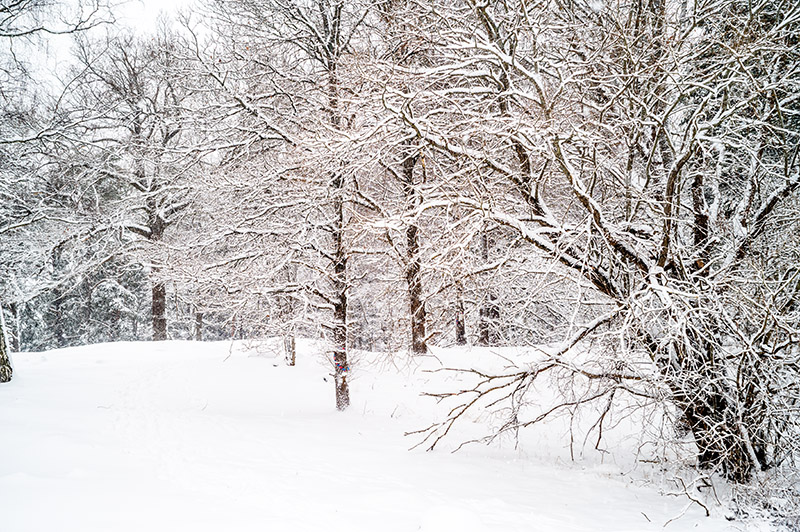
Sharpness (Portrait)
For portraits we look only at the sharpness in the center, inner and outer center circle area as the edge or corner sharpness is not of interest, also we look at a photograph taken at about 1.5m, normal portrait photographing distance. We only look at photographs taken at f/2.8 as with a 50mm lens any smaller aperture does not give any real background separation.
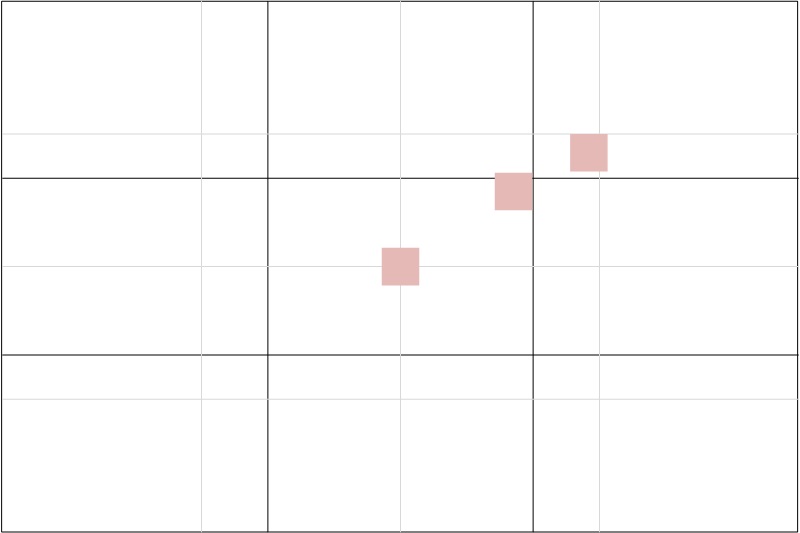
Focus on Greta’s right eye. Wide open, the center and inner circle area are good with good contrast, the outer center area is not as good and loses a lot of contrast but still usable with some post sharpening and contrast adjustment.
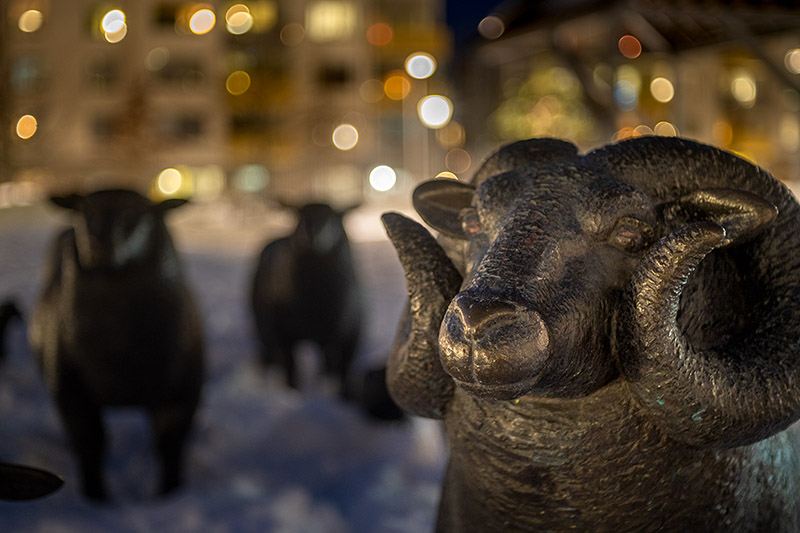
Sharpness (Close-up)
Let’s look at Astrid’s right eye up close
F/2.8 is completely usable with good details. At f/4 sharpness is excellent. Strangely enough it looks like f/5.6 and f/8 are less sharp than f/4, could be the diffraction effect. Real life shots at f/8 are extremely sharp though
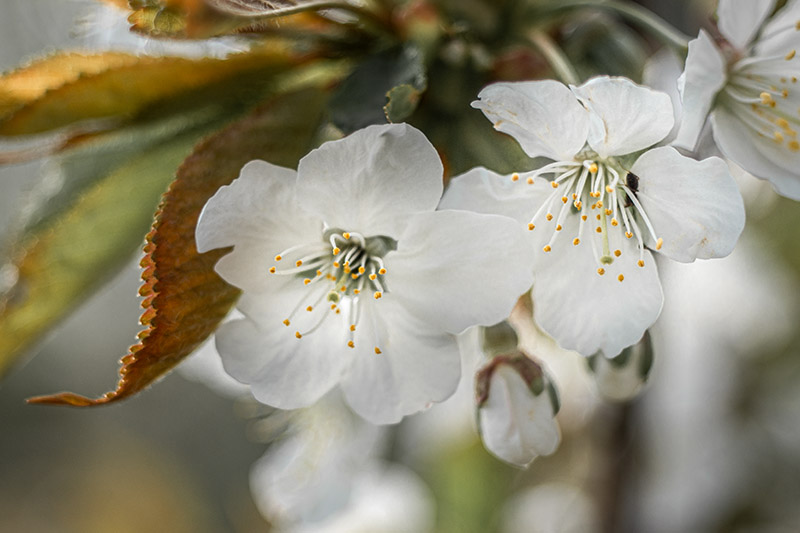

Chromatic Aberrations
Almost no CA in the center and very low to non-existent in the very high contrast corner areas at f/2.8 and f/4 that can hardly be noticed. I would say negligible. Impressive CA control.
Vignetting

At f/2.8 there is about 1.3 stops of corner darkening and it improves to 2/3 stops at f/4, to a about half a stop at f/5.6 and 1/3 of a stop at f/8.
Flare Resistance
This lens has huge problems with veiling flare, sun inside the frame, at the edge or just outside the frame ruins the picture as you lose contrast and get a smoky curtain over all the image. It is not as bad when it comes to ghosting but if you use the lens in very challenging situations that can happen too. Compare the three images in the tab group, they are all taken from the same spot at the same time. First no sun, second sun just outside the frame, third sun inside the frame. Fourth is a rare case of veiling and ghosting flare together.

Lens Distortion
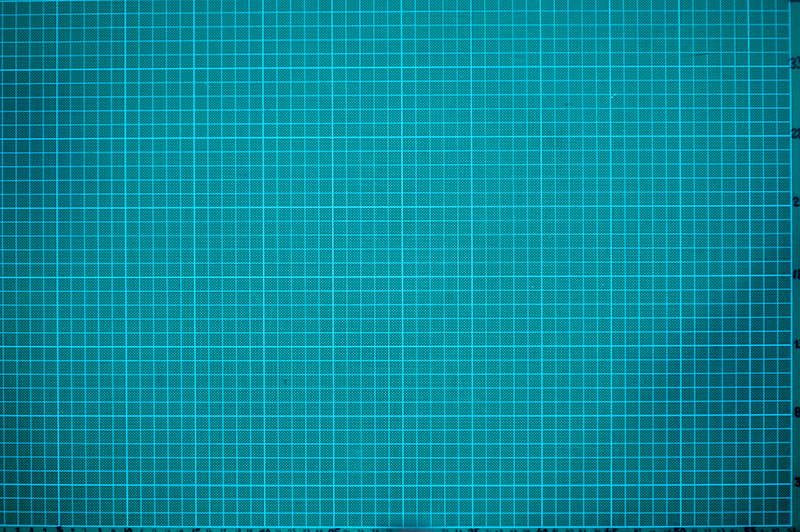
There is a very mild barrel distortion but it is so small that it cannot affect the result in any application and therefore can be considered as negligible.
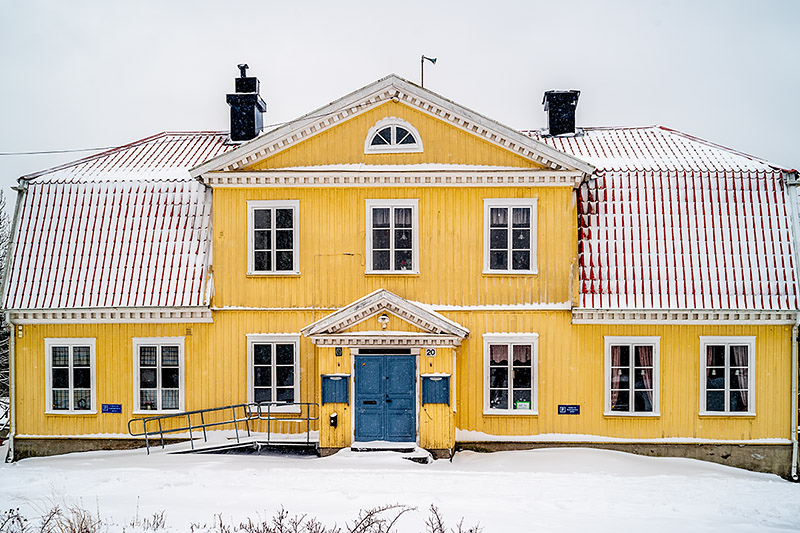
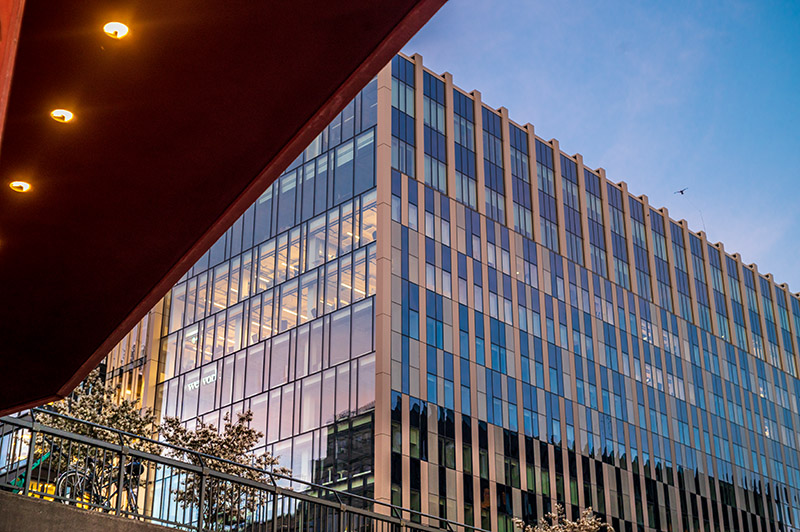
Focus Breathing
This Tessar suffers from heavy focus breathing, as you can see in the following, which is a disadvantage for video filming.
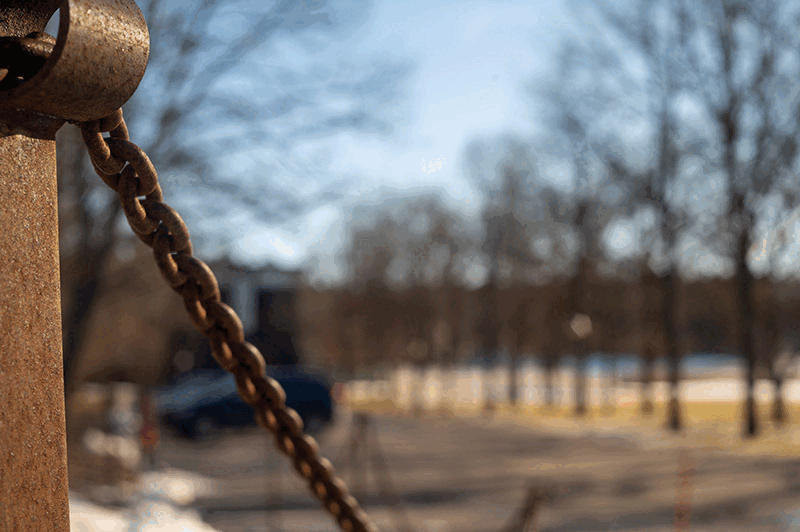
Coma
The lens suffers from severe astigmatism, There are both sagittal and tangential coma at f/2.8. The Sagittal aberration clears up quickly to a very good level just by stopping down one stop to f/4. At f/5.6 and smaller apertures it is completely gone. For the tangential aberration to disappear you have to stop down to f/8.
Crop from extreme corner of the frame on Nikon Z6.
Sunstars
It is not easy to get nice sunstars with 5 aperture blades but it is not impossible. You can get 10 pointed stars at very small aperture openings but they are quite small and not very well defined. Note that at small apertures the diffraction has a negative effect on the pictures.

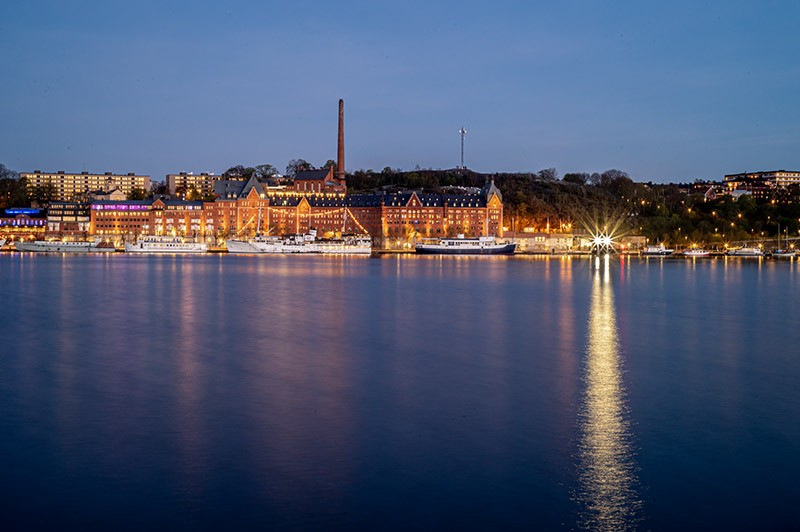
Bokeh
Bokeh’s quality and beauty is in the eye of the beholder and in my eyes this lens produces really good smooth bokeh wide open without artefacts at closer distances. The optical vignetting of the lens is minimal due to this lens’ widest aperture at only f/2.8, in combination with its super compact design – no wonder the bokeh balls are so nicely round and beautiful almost to the corners. Stop down a little and the bokeh balls get the shape of pentagons, which in my eyes are not as nice. With f/2.8 as its widest aperture you normally do not get as much blur as faster lenses for separation of the background for portraits although the general look of bokeh is nice with smooth transitions, just avoid busy backgrounds when you take portraits.
The Bokeh rendering at different distances; 0.6 m and 1.8 m both taken at f/2.8.
Now let’s look at the bokeh rendering of CZJ Tessar 2.8/50 at its four widest aperture settings.
I like the bokeh balls of this lens so much that I have to show another one.
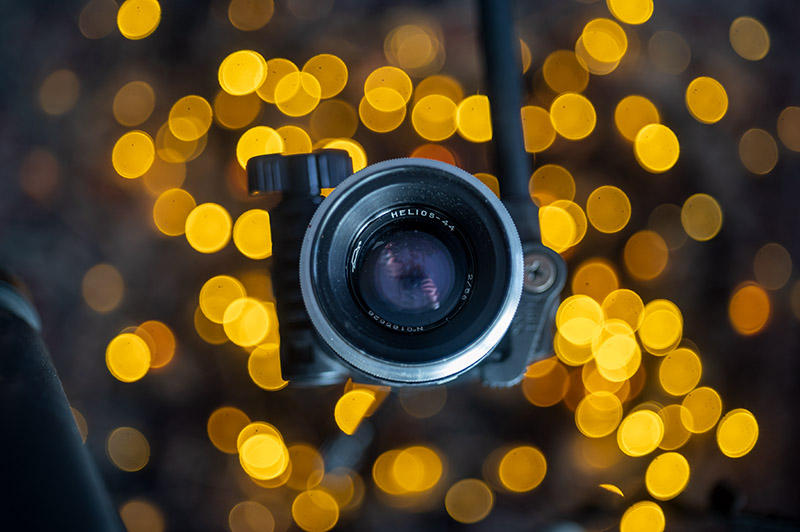
And another test shot

Conclusion
| I like | Not Good / Not Bad | I don't Like |
|---|---|---|
| Size Weight Colors CA resistance Bokeh Balls (wide open) Center Sharpness from F5.6 Close-up Bokeh Min Focusing Distance 270° Focusing Ring Rotation | Wide Open Center Sharpness Bokeh mid and long distance Build quality Contrast | Flare Resistance Corner sharpness Across the Frame Sharpness Sun stars F2.8 quite slow for a standard prime 5 aperture blades Coma |
Well, what did you expect? Or what should you expect? Yes, this is a Zeiss lens after all but it is one of the cheapest (if not the cheapest) Zeiss lenses you can buy. It can deliver rich colors and good contrast (most of the time). Stopped down in the center area sharpness is excellent even with today’s standards, but it can not be considered as “Eagle’s Eye” super sharp further away from center area or at longer distances. There are far sharper modern lenses.
Some people use this lens to take portraits and closeups, where edge/corner sharpness is not important. It would not be my choice of lens for portraits though. You can get excellent results in close-up photography. You can also get excellent results with extension tubes or bellows in macro photography as it can produce super sharp images in the center with a beautiful background blur. It is also used as a video lens on digital cameras for its vintage look despite the focus breathing. I have taken the lens with me on several trips for its small size, light weight, excellent close up sharpness stopped down with great bokeh in those situations combined with rich punchy colors. It is also good as travel/street photography because of the small size and very good sharpness and colors at f/5.6- f/8. as you can see from various sample images in this review. There are a lot of good qualities there with good results in controlled conditions but it is not a dream allrounder.
For taking pictures under special conditions, the personality of this lens can add charm to the result and a price of 50$ is a bonus.
If you are interested in buying a Carl Zeiss Jena Tessar 2.8/50 or any of the lenses in the Alternatives section you support our efforts by using the links below or given under each lens.
Buy Carl Zeiss Jena Tessar 50/2.8 from:
eBay.com (affiliate links)

Alternatives
Many. Just to mention a few:
Carl Zeiss Jena Pancolar 50/1.8
eBay.com (affiliate links)
Meyer-Optik Görlitz Oreston 50/1.8
eBay.com (affiliate links)
Pentacon 50/1.8
eBay.com (affiliate links)
Zenitar M 50/1.7
eBay.com (affiliate links)
Sample Images
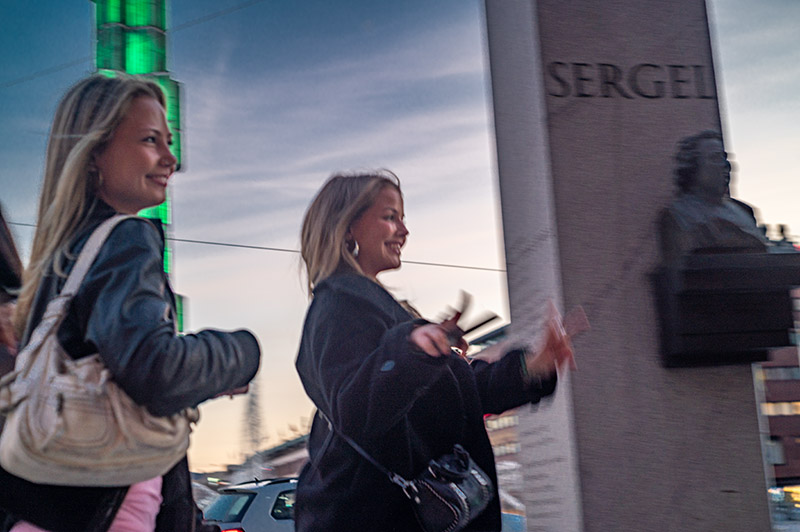
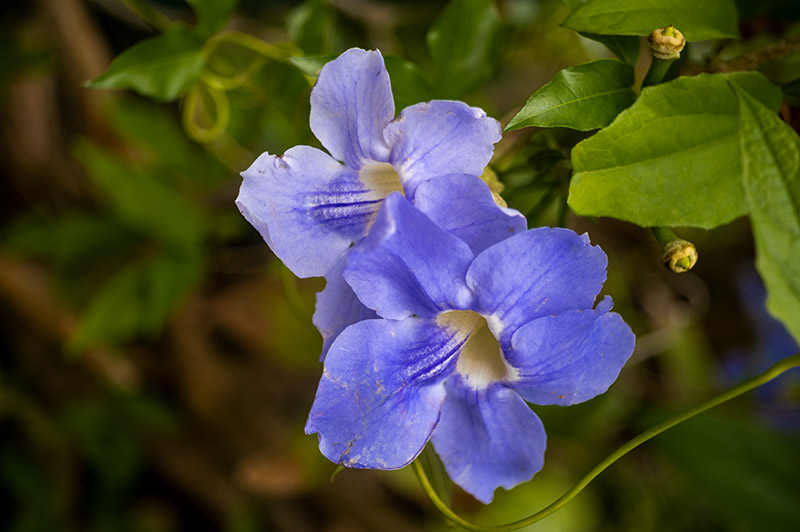
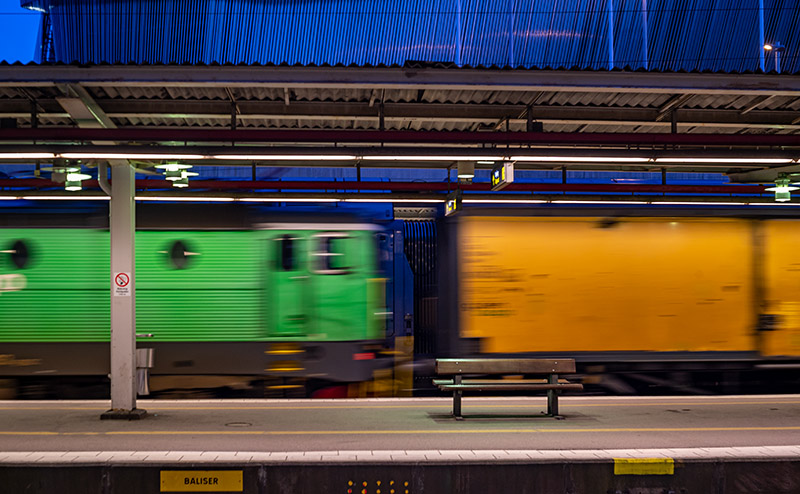
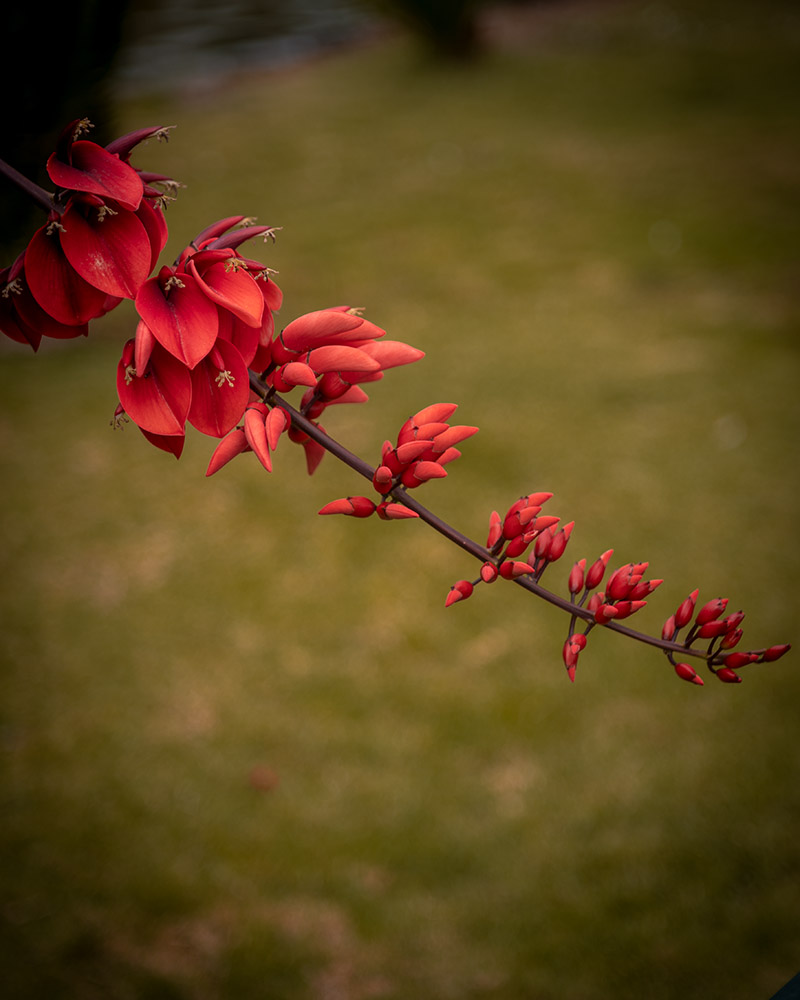
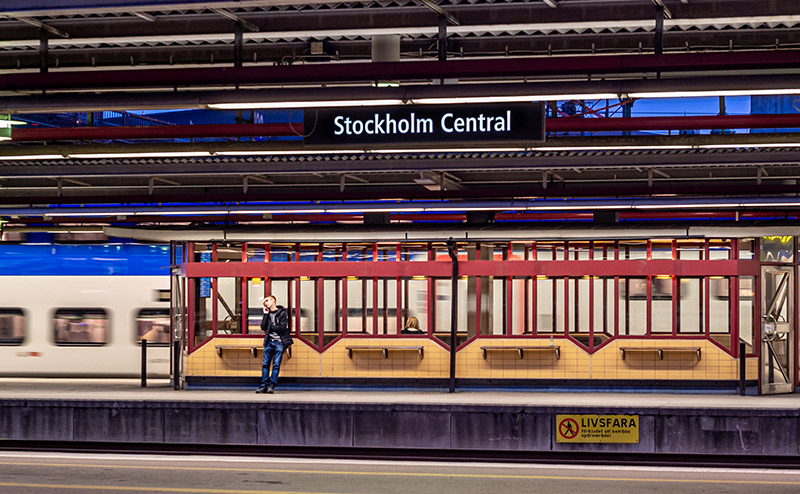


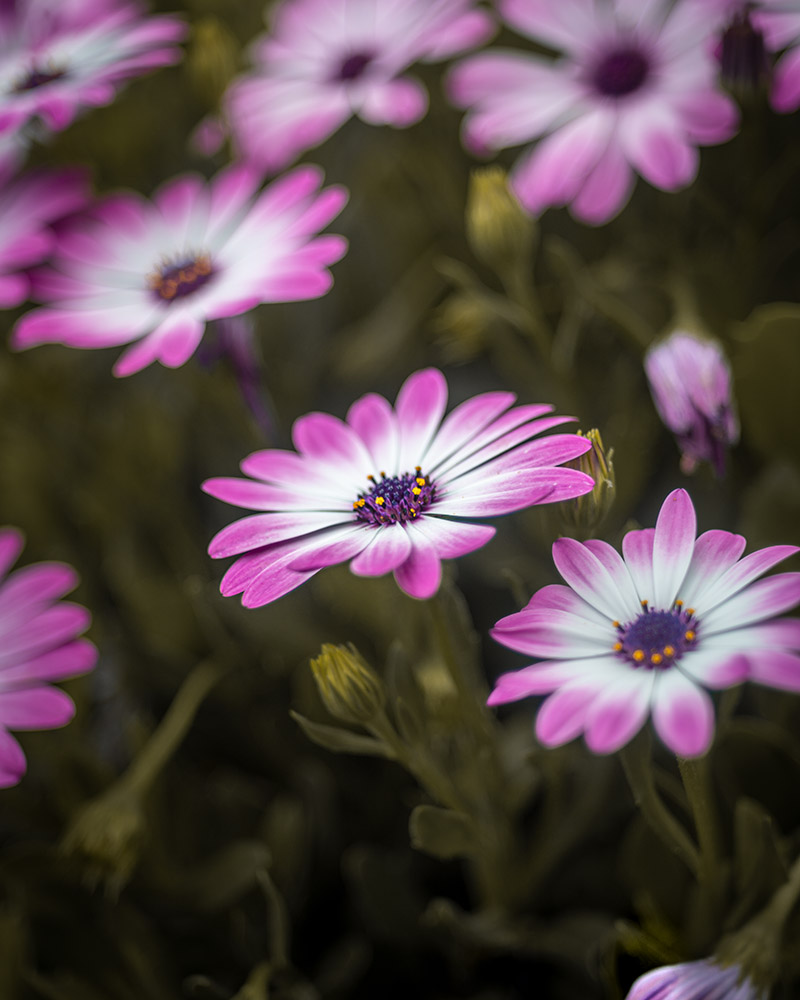
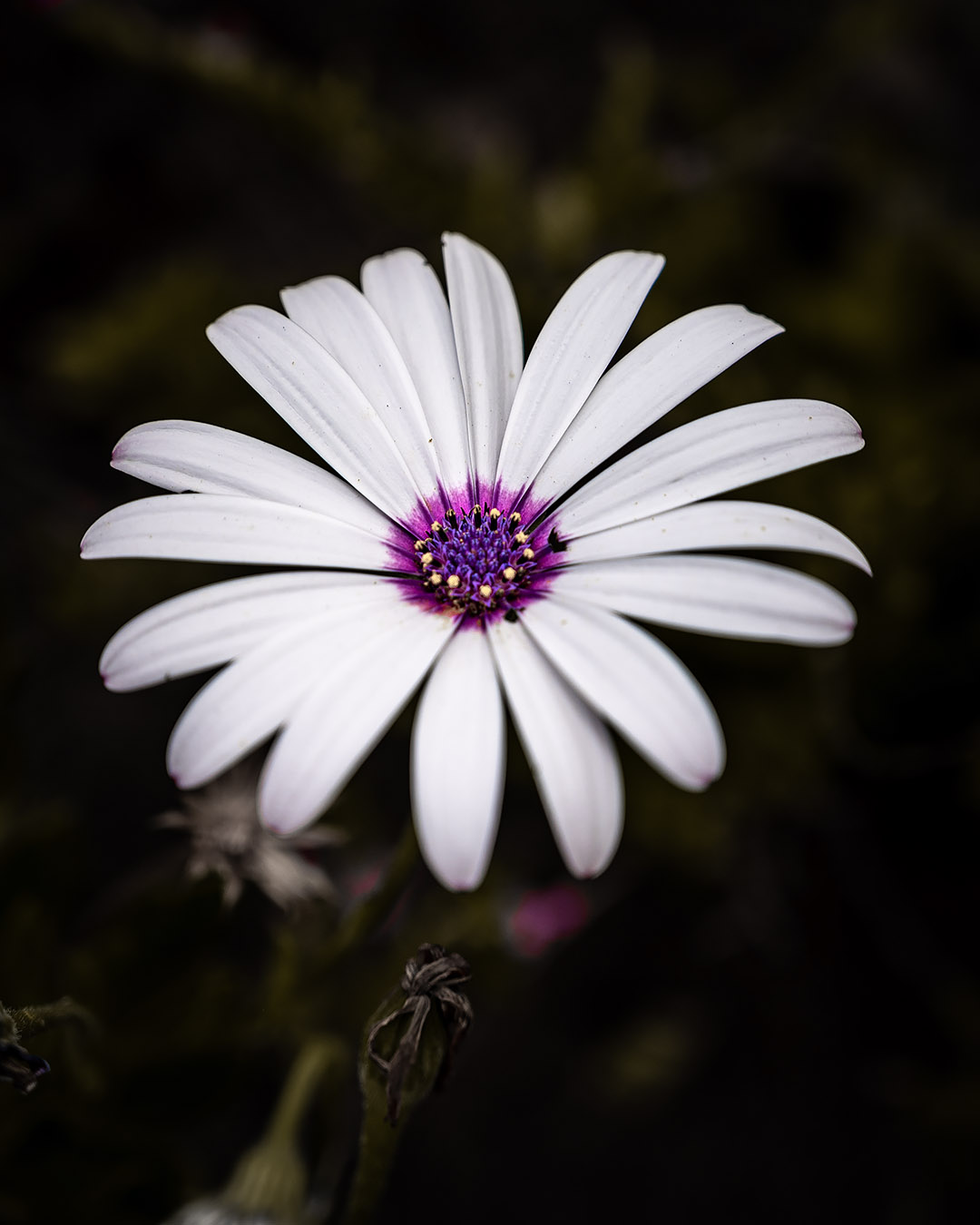
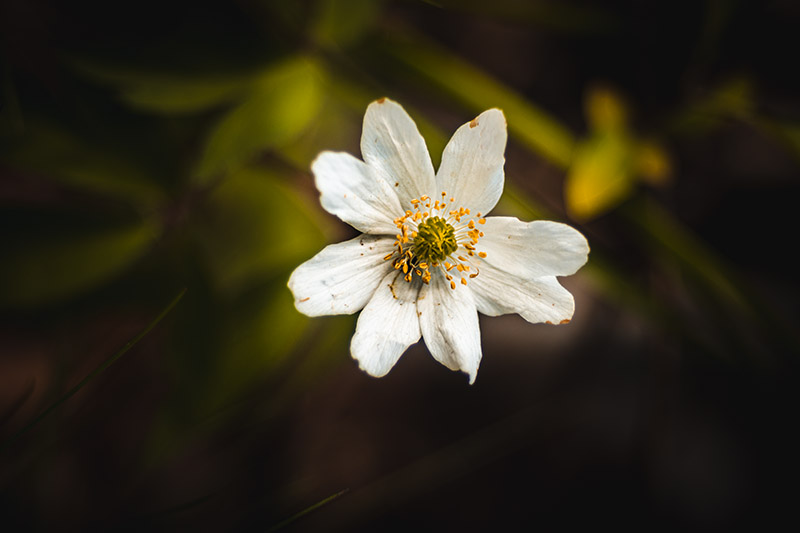
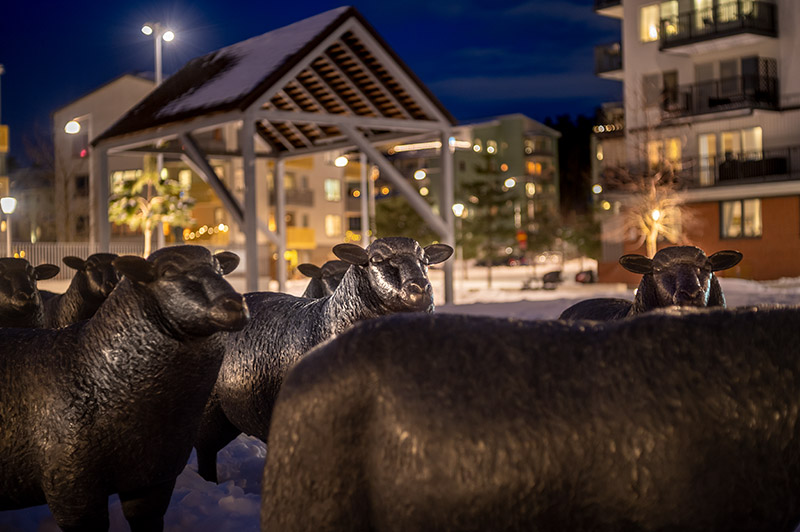
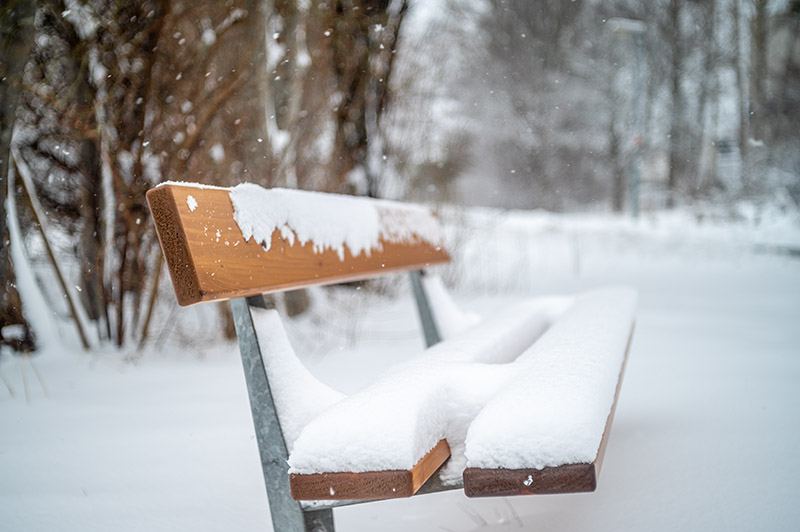
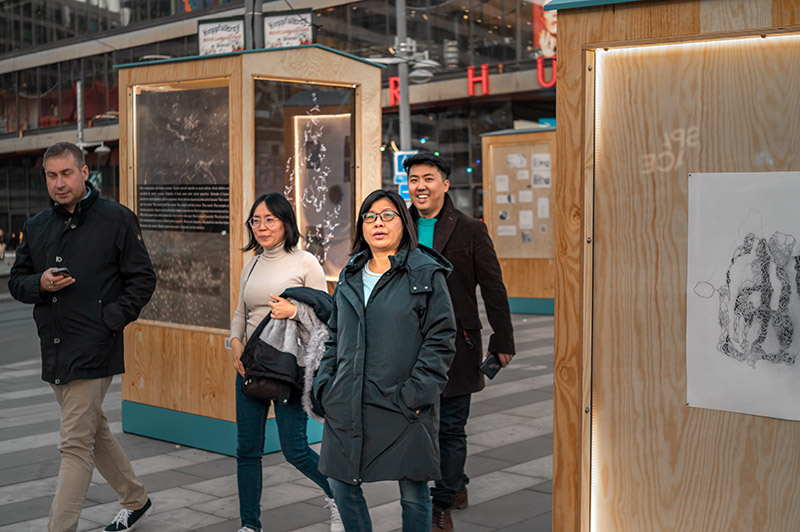
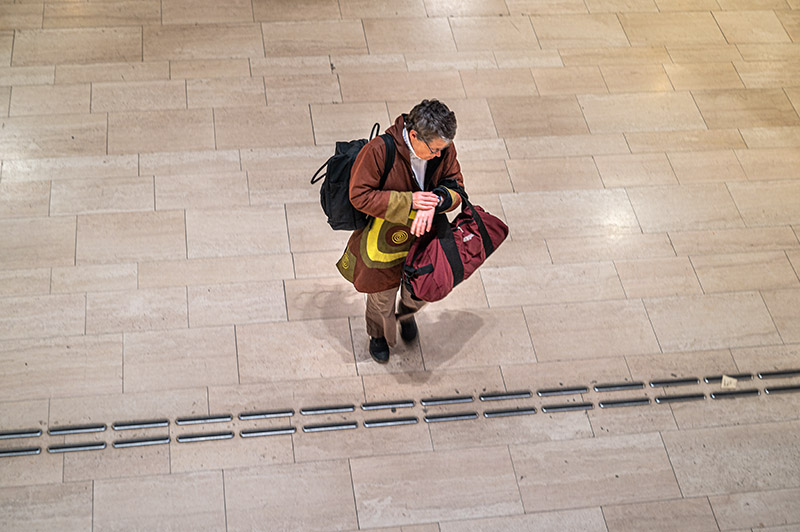
Most of the sample images in this review and many more can be found in higher resolution here.
Support Us
Did you find this article useful or just liked reading it? Treat us to a coffee!
![]()

(Donations via Paypal)
This site contains affiliate links for which I may receive a small commission if you purchase via the links at no additional cost to you. This helps support the creation of future content.
Martin
Latest posts by Martin (see all)
- Analogue Photography: Part 4 – Ilford HP5 Plus at a Historical Engine Factory - December 3, 2025
- REVIEW: 7Artisans AF 10mm f/2.8 (APS-C) - November 30, 2025
- REVIEW: 7Artisans AF 35mm f/1.8 - October 15, 2025





















Thanks for the review! Do you see yourself reviewing other vintage Zeiss glass like the contax 85/1.4?
Thank you Scott. Right now Zeiss 85/1.4 is not in the list of lenses I am going review. May in the future.
As always, it’s the photographer and this so graphically proves it.
Thank you Rob.
love the motion, it adds so much. beautiful photos.
Thx so much, great review, beautiful images! Thx Martin
I owned, and regularly used, a Zeiss “Super Ikonta” 120 6x6cm camera with a 75mm Tessar lens. I tested the limit of resolution on a USAF chart and it was very good.
This camera was lighter and fit in my pocked when folded closed. It’s performance rivaled larger cameras.
Great review.I collected most of the Zeiss Jena lenses, in most cases edge sharpness is not an issue depending on what you are photoing, how sharp is an oil painting?The low amount of elements and multi coating contribute to the punchy intense colours. My favourite is the pancolor and the 135mm 3.5 ( £18 new in 1980). I have the 200mm 2.8 for 120 format, but it’s to big and heavy! Here are some shots on the Pancolor 50mm 1.8. https://youtu.be/j2knF8VF1m0
Thanks Michael. Pancolar is a newer design that should be better, while having a slight edge in rendering most of the time comparable with Tessar. Of course the Pancolar is 1,3 times faster, which is a big advantage. The 135/3.5 Sonnar is also a good lens. It is in the list of my future reviews.
thanks. I enjoy all my Zeiss Tessar, Distagon, sonnar lenses on my Sony E Mount cameras. I bought the Zeiss Lenses 50 years ago for my Contaxt R2 studio and Yashica FX3 field cameras. When shooting into the sun they far exceed the quality of any of my high speed Rokinon and Samyang lenses used for low light and night time.
O wow, how cool. I have also a Sonnar 135/3.5 that is waiting to be reviewed.
The vintage Sears 135mm f/3.5 is very good. It’s both sharp and the colors are fantastic.
Thanks for the excellent article. I collect Exaktas with a “side” collection of Zeiss Ikon. I would really like to see a comparison of the postwar Tessar lenses from Zeiss Jena, Zeiss Ikon. and the later Zeiss Ikon Tessar lens, which is a rebranded Voigtlander Color Skopar and made for my Zeiss Ikon/Voigtlander Icarex. The Tessar was the first real lens I had on my first real camera, an Exakta VX IIb. They all seem to be great picture takers but all in my humble opinion have different characteristics.
Thanks for your time. I did enjoy your point of view and largely agree with you. But I find your pictures less than helpful. I feel that digital recording has a major effect on the results. I personally prefer to see the lens results using the camera the lens was originally intended for. For others who use digital cameras and adaptors may find the image results more useful.
Thanks, sorry for that, that’s all I can offer.
Thanks for the review. Useful.
However, your understanding of bokeh truly sucks. Suggest you try reading the articles at these links. You will benefit enormously.
https://lenspire.zeiss.com/photo/app/uploads/2022/02/technical-article-depth-of-field-and-bokeh.pdf
https://drive.google.com/file/d/1AD8kuNpvUogMopyb_lAv2ZCG_HFWb8qp/view?usp=sharing
Well, thank you.
Also, I’m happy that at last one reader showed up that has read two articles about the bokeh.
I’ve read them too and they will not have any impact on what I said or will say. I talk about the beauty of bokeh, which I, as well as the authors of the articles, point out as an image attribute that is more of an aesthetic and therefore subjective nature.
I say what I like and encourage the readers to have a look at the sample images and see how they like it, that’s all.
Going into technical details is just unnecessary.
I would like to say that I enjoyed very much this review vs other reviews you do.
It’s really interesting to see the performance and your evaluation of this widespread vintage lens (and other lenses such as the Zeiss Jena 135 mm) rather than a more contemporary Sigma, Sony FE or Ttartisan. Also interesting to see how you, using this lens that is so diminished by people, was able to take amazing photos.
I’m very curious about your opinion of the so called “high performing” Zeiss Jena lenses, such as the biometar 80 mm, or the pancolar 50mm f1.8, that are often shilled on the internet.
First of all, thank you.
Second, the lenses you mentioned—and that I’ve reviewed—are among the better vintage lenses from Zeiss Jena that people often dismiss. They’re not as clinically sharp as modern glass, but what I wanted to show is that for very little money, you can still take great photos with them.
You will end up with some shots you have to toss, and the rate might be higher compared to using a modern lens, but that’s the trade-off for the vintage look and the low price.
I’m going to review one of the better Zeiss Jena lenses soon—the Pancolar 50/1.8—so you’ll see. I’m planning to release that review in February 2026.
can’t wait to read about the Pancolar 🙂